Atmospheric circulation is the movement of air masses in the Earth’s atmosphere. It plays a crucial role in the transfer of heat and moisture from one place to another, which ultimately determines the Earth’s weather patterns and climate. The Earth’s atmosphere is a complex system that is constantly in motion, driven by various forces, like the Sun’s energy, the Earth’s rotation, and the planet’s topography.
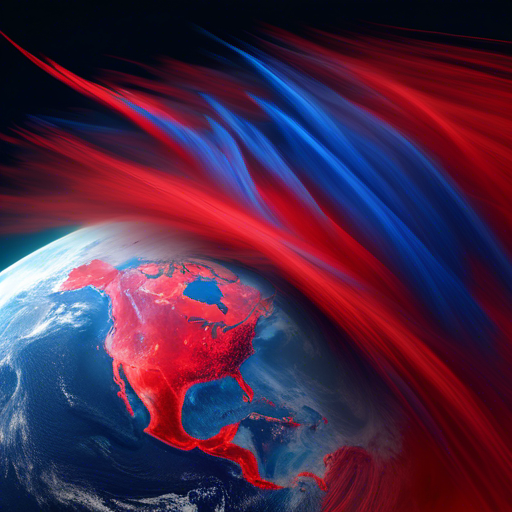
Table of Contents
Layers of Atmospheric Circulation
The Earth’s atmosphere is divided into several layers, each with its own unique characteristics and functions. The lowest layer, the troposphere, extends from the Earth’s surface to an altitude of about 7 to 20 kilometers, depending on the location and the season.
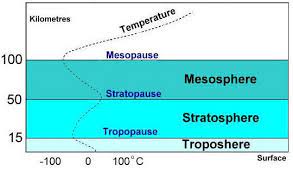
The troposphere is where most of the Earth’s weather occurs, like precipitation, cloud formation, and temperature changes. The next layer, the stratosphere, extends from the top of the troposphere to an altitude of about 50 kilometers. The stratosphere contains the ozone layer, which protects the Earth from harmful ultraviolet radiation from the Sun.
Atmospheric circulation is driven by differences in temperature and pressure between different parts of the atmosphere. When a difference in temperature or pressure exists between two regions, air masses will flow from high to low pressure, driven by the tendency of the atmosphere to reach a state of balance. This flow of air masses is known as atmospheric circulation, and it plays a critical role in the transfer of heat, moisture, and momentum from one place to another.
Types of Atmospheric Circulation
There are several types of atmospheric circulation patterns that exist on the Earth, each with its own unique characteristics and functions.
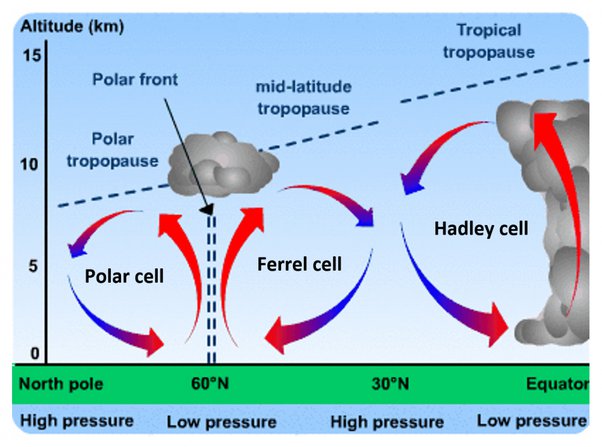
Hadley Cell Circulation
The Hadley Cell circulation is a type of atmospheric circulation that occurs in the tropics. It is characterized by rising air near the equator and sinking air near the tropics.
"The rising air near the equator causes substantial rainfall, leading to the formation of tropical rainforests."
The rising air near the equator is driven by the Sun’s energy, which heats the Earth’s surface and causes the air to rise. As the air rises, it cools, condenses, and releases moisture, leading to the formation of clouds and precipitation. The cooled air then sinks near the tropics, creating areas of high pressure known as the subtropical high.
" The descending air in the subtropics is dry and results in the world's major desert regions."
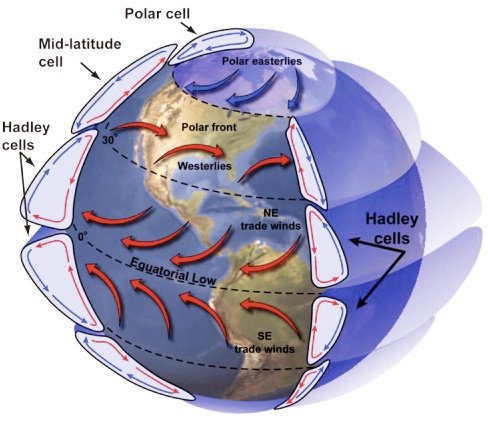
Ferrel Cell Circulation
The Ferrel Cell circulation is a type of atmospheric circulation that occurs in the mid-latitudes. It is characterized by rising air near the sub polar region and sinking air near the subtropics. The rising air near the poles is driven by the Earth’s rotation (dynamically induced), which causes the air to flow from high to low pressure. The cooled air then sinks near the subtropics, creating areas of high pressure known as the subtropical high.
" The Ferrel cell is sandwiched between the equatorward-flowing air of the Hadley cell and the poleward-flowing air of the Polar cell."
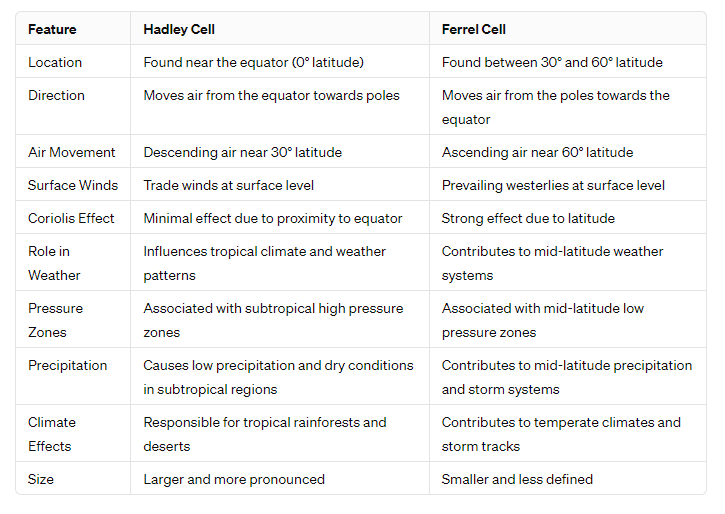
Polar Cell Circulation
The Polar Cell circulation is a type of atmospheric circulation that occurs in the polar regions. It is characterized by rising air near the sub polar region and sinking air near the polar region creating areas of high pressure known as the polar high.